Short answer: Vbe/Rs=0.5V/0.5ohm= 1A current sensor for some action.
One might use a sub-ohm resistor for current sensing as a Vbe detected active current limiter which for the NPN load 0.1mA = (Vin-Vt)/Rg , Vbe might be ~ 500 mV so the I_sense resistor = 500 mV/(Imax*Rsense) or 0.5 Ohm for 1A.
It is a Rule of thumb for this NPN Vbe current limit sense design to be 600 mV drop full scale into high Z MOSFET gate. But for better current limiters, keeping Pd max below 50% of the rated power is desirable so Rs=50mV max/Imax is a common value.
The Schematic has some design errors.
It's a booby trap design with everything wrong, so it you try it , you need to learn a lot about electronics and phishing from bad examples to attract you to a custom design service. Be more aware where you get web schematics from and learn the basics found anywhere, including my profile.
